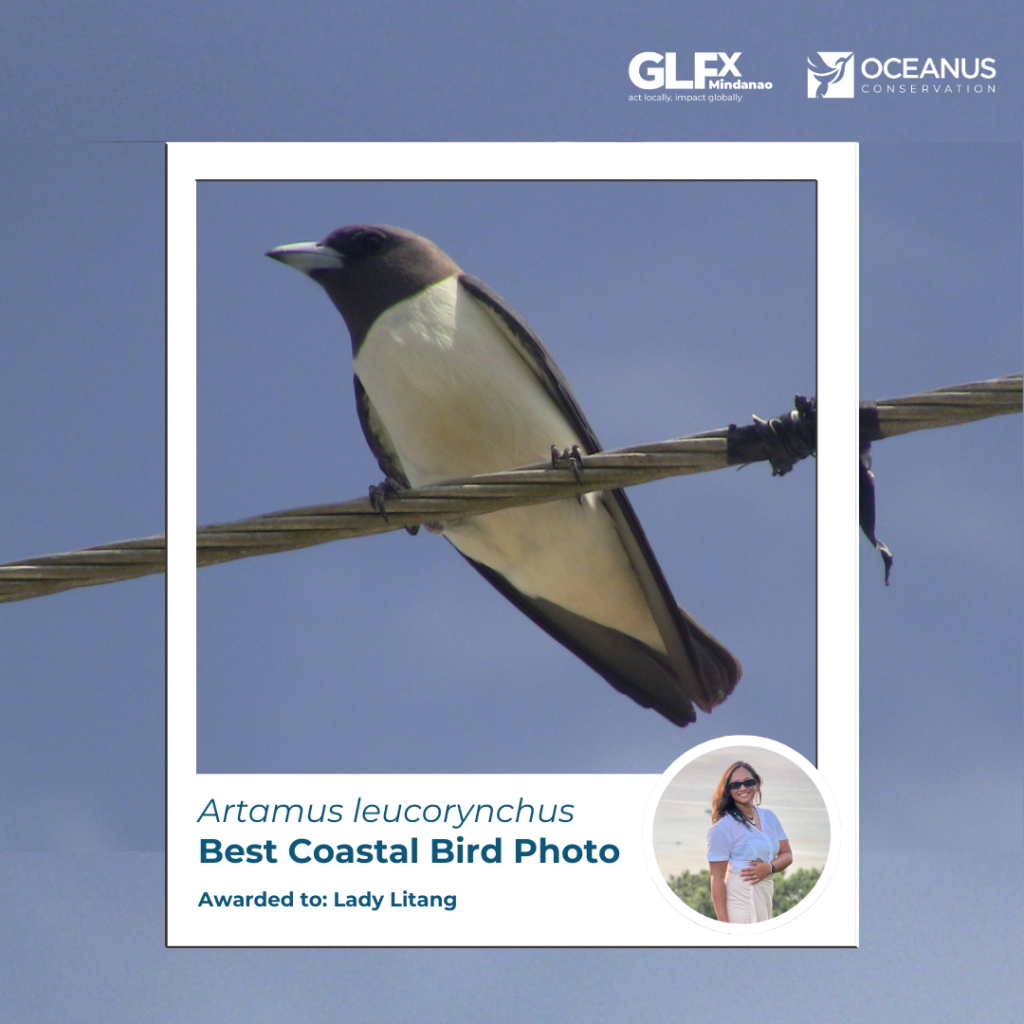The role of youth in environmental conservation is becoming increasingly vital. Citizen science is one of the most effective tools for engaging young people in hands-on environmental conservation work. One exciting initiative under the Global Landscape Forum (GLFx) Mindanao Chapter is the Biodiversity on Lens: Youth Citizen Science in Action. This initiative brought together youth participants from all over the Philippines to learn, identify, and document species!
Through this activity, 22 enthusiastic participants from provinces across the Philippines engaged in meaningful conservation efforts! With the guidance of expert facilitators, participants learned how to use citizen science tools like iNaturalist. They also explored the concept of a bio blitz! It is a fun and effective way to collect and share observations of local species within a specific time range.
The 9 Days
This semi-online initiative ran from March 15-23, 2025, and included the following activities:
- March 15-16 – An online webinar taught participants about citizen science and its significance. As well as how to identify different species and how to use iNaturalist in the field. This webinar was crucial for building foundational knowledge about biodiversity and the tools necessary for effective participation.
- March 17-23 – The following week offered an asynchronous, self-paced photo contest and nationwide BioBlitz. Participants documented species in their local environments and contributed to the broader citizen science effort. They could also engage by identifying species submitted by other participants, creating a collaborative learning experience.
- March 29 – The final segment involved the awarding and posting of winning photos, celebrating the participants’ contributions to the project.
What is Citizen Science?
Their journey began by learning about citizen science. It is a form of research that allows non-scientists to contribute valuable data to real-world scientific studies. It plays an essential role in biodiversity conservation. This is through broadening the coverage of research areas, ensuring cost-effective and rapid data collection, and encouraging community engagement. Citizen science not only empowers individuals to take action in their communities but also strengthens the bond between scientists and the public.
Workshops

In a post-webinar survey, it became clear that the program had a significant impact on participants’ ability to identify local species. For instance, 56.25% of participants successfully distinguished mangroves from beach forests, while 81.25% were able to identify coastal birds, and 75% could identify seagrass-associated species.
This highlights the educational value of citizen science in deepening knowledge of local biodiversity!
Documenting Local Species: A Hands-On Experience on Citizen Science
Throughout the program, participants were tasked with identifying and documenting local species in their area. The training included simple yet effective methods such as the bio blitz. This encourages participants to record and identify as many species as possible within a specific timeframe. The goal was to prepare participants to document species via iNaturalist contributing to global efforts to track biodiversity.
From Shore to Screen: Self-paced Bio Blitzes
15 participants contributed to a nationwide survey or bio blitzes of local species through the iNaturalist platform. Collectively, they submitted 191 observations! Through this collaborative effort, participants showcased the power of citizen science in monitoring and documenting biodiversity. You can view all their submissions on the online iNaturalist project here!




Some participants also shared their bio blitz findings on social media and other groups even worked together on their bio blitz activity!
Out of all the iNaturalist submissions, 6 winning shots were chosen for their ecological significance, composition, and data collection. Here are the winning shots from the activity!






Key Learnings and Takeaways
Participants had a deeper understanding of biodiversity and conservation, along with valuable skills for contributing to environmental efforts. Key learnings from the initiative included:
- The Power of Citizen Science in Research and Conservation. Many participants noted how citizen science bridges the gap between the public and researchers, allowing individuals to contribute to meaningful data collection and conservation.
- The Link Between Knowledge, Awareness, and Action. As one participant shared, “You can’t protect what you don’t understand,” highlighting the importance of education in fostering conservation action.
- Educational Impact and Learning Opportunities. The program also introduced valuable tools such as iNaturalist, which many participants saw the potential for in future research. Especially, in areas like seagrass and water quality improvement.
Looking Ahead: Inspiring Future Conservation Efforts through Citizen Science
Biodiversity on Lens: Youth Citizen Science in Action successfully fostered a vibrant community of young citizen scientists. As the program wrapped up, many participants expressed their commitment to continue documenting and protecting local species. Some even expressed interest in organizing their own biodiversity survey projects, further amplifying the impact of the initiative.
The activity demonstrated that engaging youth in citizen science not only enhances their environmental knowledge. But importantly, it also empowers them to take meaningful action for conservation. With more programs like this, we can create a generation of passionate environmental advocates who are committed to safeguarding biodiversity for the future.
By collaborating, learning, and taking action, these young citizen scientists are showing that protecting the planet is not just a responsibility—it’s an opportunity for every person to make a lasting impact.
Interested in learning more about our citizen science efforts? Collaborate with us and let’s do it with your community by messaging us at info@oceanusconservation.org.


